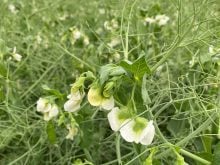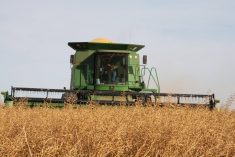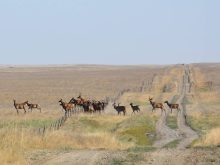That pretty daisy bought at the local garden centre may turn out to be a noxious weed.
More than half of Canada’s serious weeds started out in gardens, where the seeds escaped and new plant colonies thrived out of control.
“The ornamental industry has often been blamed since we import a lot of plants and seeds,” said Henry Heuver, owner of an Alberta landscaping company.
People travel more and are bringing home plants and seeds that become invasive weeds.
Nursery workers and the public need to be more aware about how these plants are spread to avoid costly mistakes.
Read Also

Crop quality looks good this year across Prairies
Crop quality looks real good this year, with the exception of durum.
“The industry is doing more training, but maybe not fast enough,”
Heuver said.
Nurseries work with the Canadian Food Inspection Agency to keep their sites clean because many import and export plants.
The industry follows voluntary programs in phytosanitary certification and the Canadian nursery certification uses internationally recognized standards to measure risks and keep out invaders as well as encourage integrated pest management.
These programs also promote record keeping and provide independent audits to review compliance and identify weaknesses.
Non-compliance may result in a nursery losing its certification.

















